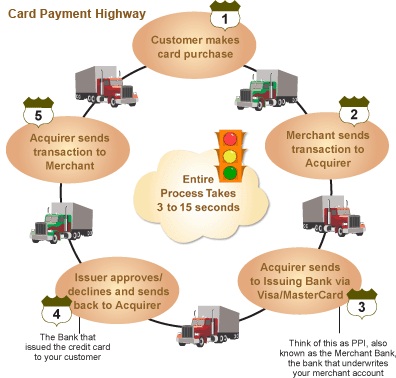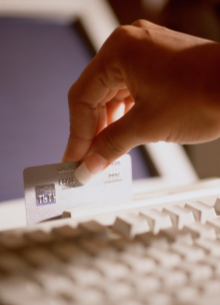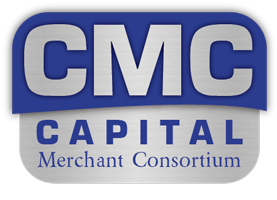Card Payment Basics
In today’s marketplace, merchants are faced with a complex set of terminology and conflicting information when they look to set-up their payment processing options.
From the most complex integrated solution to a standalone POS terminal, all card payments follow the same simple steps.
How a Payment Card Transaction Works:
- A cardholder purchases goods or services from a merchant.
- The merchant sends the transaction information to an Acquirer (Merchant Bank) and is reimbursed for the
sale less a discount rate. - The Acquirer submits the transaction to the Issuing Bank for payment by either the Visa or MasterCard
settlement system. - The Issuer pays the Acquirer for the purchase through the settlement system
- The cardholder repays the Issuer for the goods or services originally purchased from the merchant.Below illustrates the process flow of a typical credit card transaction.

Today’s customers demand payment flexibility
 Customer Satisfaction
Customer Satisfaction
• How
• Where
• When they want.
Electronic Transactions save time and money by:
• Reduce clerical mistakes by automating manual store procedures
• Provide better customer service
• Speed up checkout lines
• Increase cash flow and higher profits
• Automating manual store procedures
• Speeding checkout lines
• Providing better customer service
• Increasing cash flow
• Offering higher profits
Whether it’s by debit or credit card or a specialty product, happy customers will be loyal customers.

